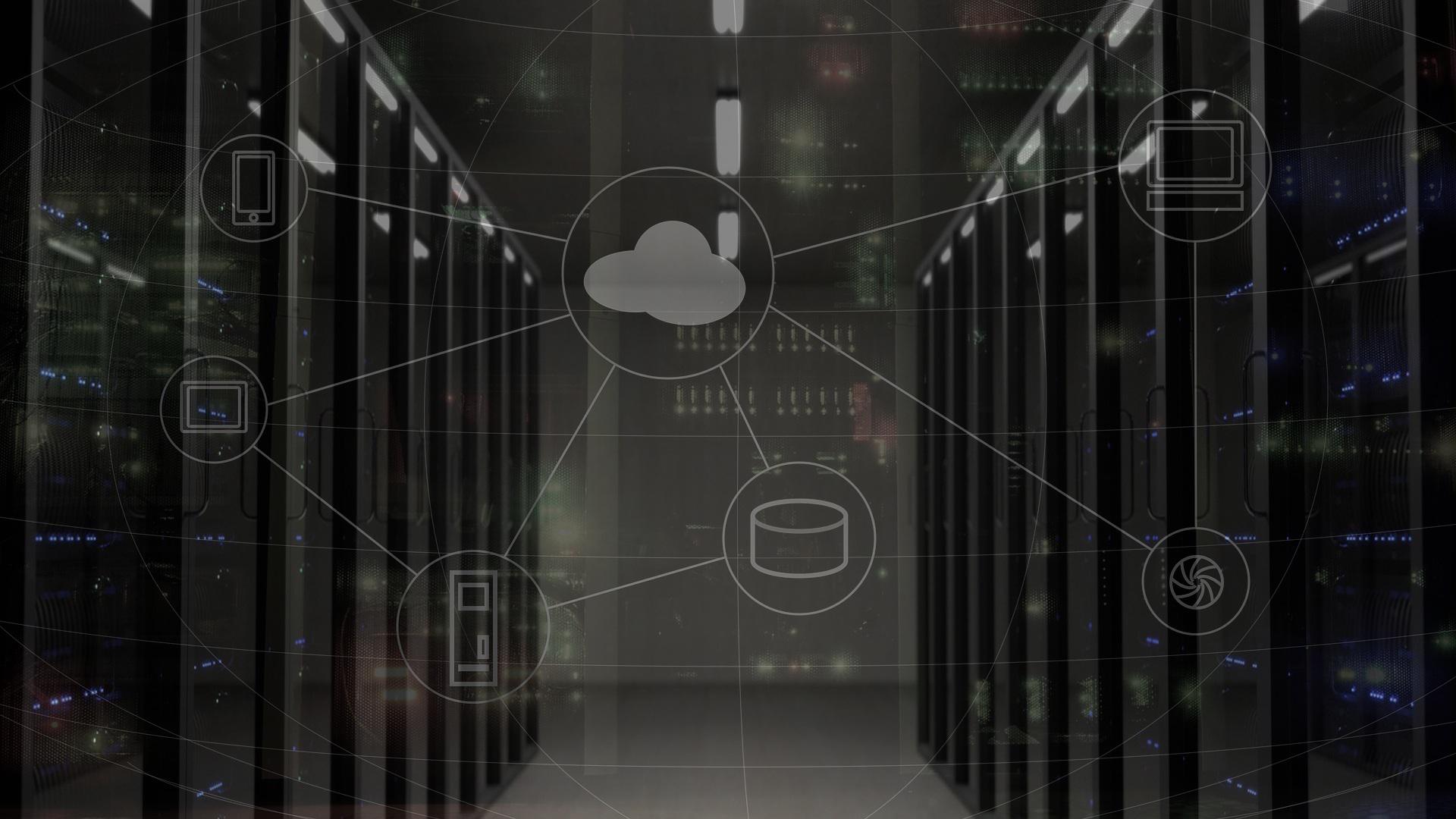In the last two decades or so, healthcare has made more strides than it did in the previous century. All this is down to technological advancements that have revolutionized medical tools, drugs, and the delivery of services. On top of, medical practitioners are better trained and are more adept at handling all sorts of problems.
The ways that healthcare has benefited from technology are too many to fit in one place. The following are some of the major ways that technology has shaped the medical world as we know it today.
Advanced and Improved Equipment

We have gone from using things like stethoscopes to detect ailments like high blood pressure to using state of the art digital BP monitors that give results in less than 30 seconds. These devices have advanced to the point where patients do not even need supervision from a doctor. They can operate them from the comfort of their homes. For the best sphygmomanometers for home use, visit raycome.com to better understand how they function.
Digital Documentation

In the past, records had to be stored in physical forms like papers. This took a lot of space, and locating a specific file would take ages. This was not good, especially for cases that needed immediate attention. Thanks to technology, everything now can be filed into a digital format that can be accessed within seconds from anywhere.
Wearable Technology

Wrist wearables like smartwatches have personalized healthcare. A simple watch on the wrists can track your heart rates, respiratory rates, stress levels, and other physiological processes in the body. This data can be sent to your doctor, who can then make a diagnosis without any need for a physical meet. The marvels of technology cannot be properly put into words.
Genome Sequencing

Genome sequencing is the process of configuring out the order of human DNA to figure out how to deal with some diseases selectively. The ability to isolate genes also allows for the eradication of undesirable health traits that are passed down generations. With this technology, humanity can say goodbye to inherited diseases for good.
Mobile Apps

Smartphones have opened up countless possibilities in the medical world. Health-based apps are now on the rise, apps that have all the necessary features needed to make a precise diagnosis. Physical exercise apps are also improving lives by providing people with tailor-made exercise routines and diet plans that keep them healthy. In a way, smartphones can be described as the perfect doctor’s assistant.
Telemedicine

Telemedicine is the caring of patients remotely without the need of the patient and the caregiver being physically present in the same room. This has enabled doctors and nurses to provide more personalized and improved care to their patients without the hassles of having to travel back and forth. The patient care is covered, but so is the medical staff who can now acquire risk-free, online certifications in crucial life-saving skills such as BSL.
This has also allowed doctors to see more patients while saving costs that would have gone into setting up space for a clinic and staff to manage it all. With Telemedicine, all you would need is a functioning digital communication platform.
Nanotechnology

Although still in development, nanotechnology is going to change the medical landscape in the near future completely. Nanotechnology is the use of nanoparticles and nanodevices to treat diseases that have proven to be too tough over the years. These tiny microscopic robots can be controlled remotely and sent directly to the body parts that need medical attention.
3D Printing

Imagine losing a limb, and immediately, an identical prosthetic one is provided. 3D printing has been around for a while, and it is rapidly being developed towards use in the medical world. We are already able to 3D print bio tissues, blood vessels, bones, and all the body organs you can think of. Once this technology reaches the peak it aims to; there will no longer be any need for donating organs or blood transfusions.
Artificial Intelligence and Robotics

The use of AI and robots has been ongoing in other industries. Owing to the delicate nature of medicine, there has been a slow uptake of AI and robots in the medical field. That is changing. As advanced robots are being created, they are slowly being integrated into practices like surgery and therapy. well-programmed robots are more precise and have very little room for errors compared to humans.
In the distant future, hospitals will be run entirely by robots, no doubt.
Cloud Computing

The ability to store everything in the cloud has transformed all aspects of human lives. In the medical world, when information is centralized in one place like that, access becomes easier for doctors and nurses no matter their location or the time. It is now easier for doctors to share research and knowledge, which ultimately improves medicine and other treatment methods. This was never possible in the past.
When you combine telemedicine, digital documentation, and cloud computing, you have yourself an efficient virtual world where ideas are freely shared instantly.
The Internet and Self-Diagnosis

The internet is a hub for unlimited information. There are more medical blogs and journals online than one can count. All these are run by qualified physicians who post all new findings for their colleagues and patients from all parts of the world to read. As a result of this, patients can make their own self-diagnosis based on the descriptions of their symptoms online. By the time they visit the doctor, they already have an idea of what is ailing them, making it easier for the doctor to plan their treatment quickly.
Conclusion
Without technology, humanity might as well be mark-timing on the same spot until they die out. It is already a proven fact that we cannot do without it, no matter the industry we are actively engaged in. The healthcare sector continues to benefit significantly from technological developments, and this is a great win for everyone.

